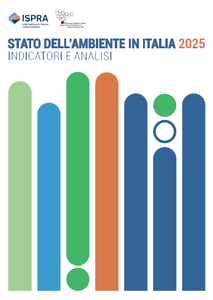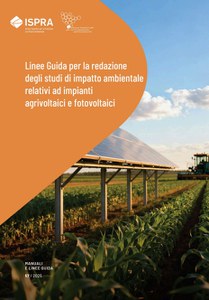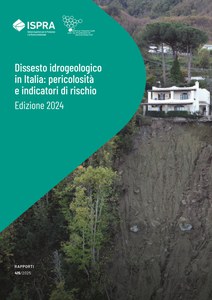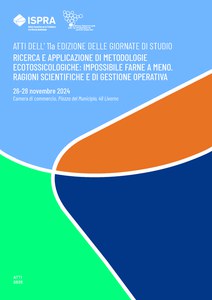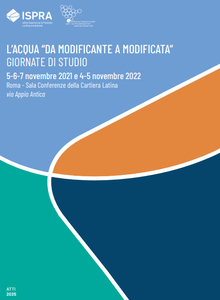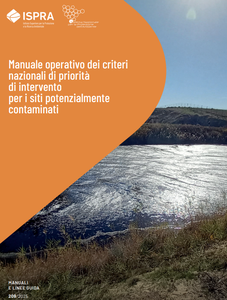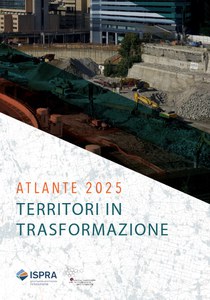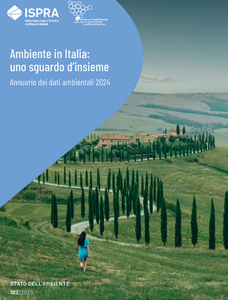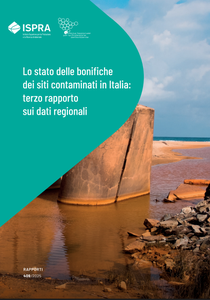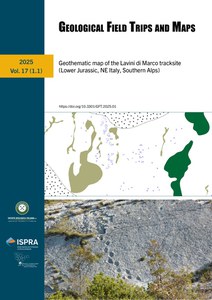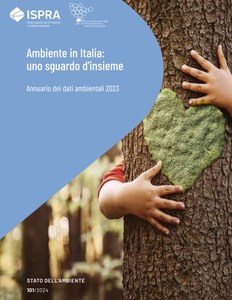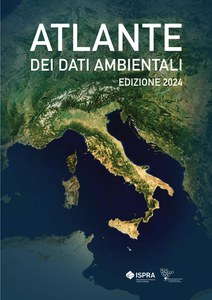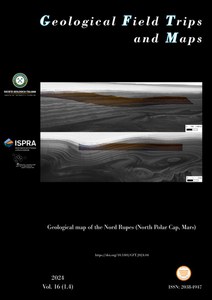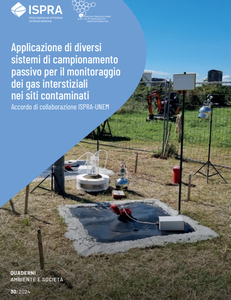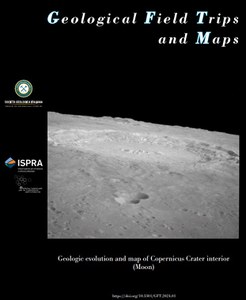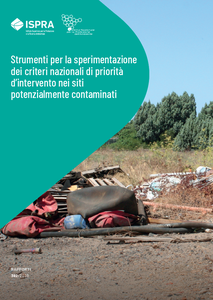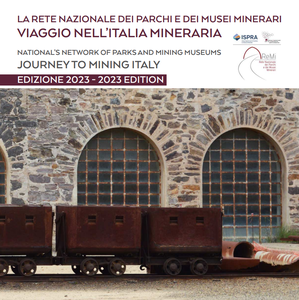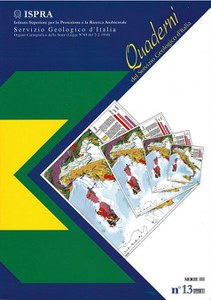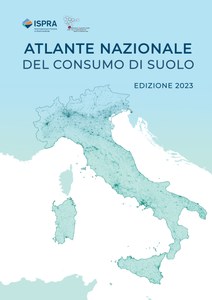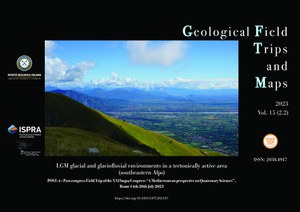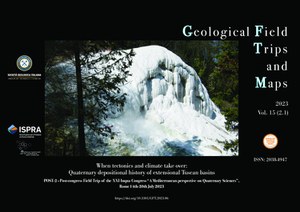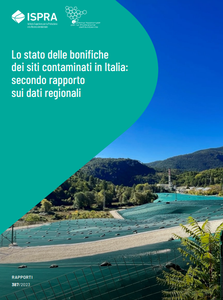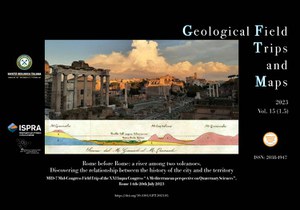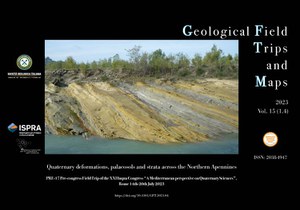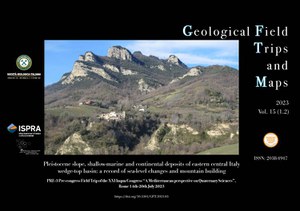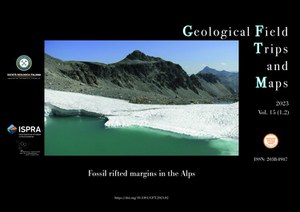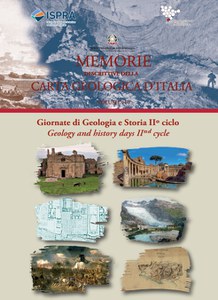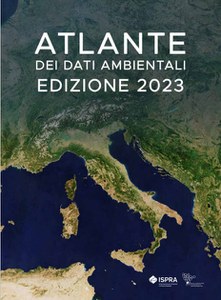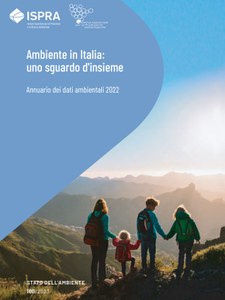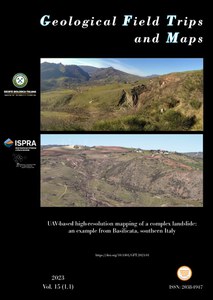Publications
The State of the Environment in Italy 2025: Indicators and Analysis
The report The State of the Environment in Italy 2025: Indicators and Analysis, produced by the Italian Institute for Environmental Protection and Research (ISPRA), provides an updated and integrated overview of the main environmental dynamics in the country. The analysis is based on a selection of indicators drawn from the ISPRA Environmental Indicators Database ( https://indicatoriambientali.isprambiente.it/it ).
Guidelines for the preparation of environmental impact studies relating to agrivoltaic and photovoltaic systems
The Guidelines represent a technical and methodological reference tool for Environmental Impact Assessment (EIA) preparers and enable well-structured EIAs, resulting in a faster evaluation phase: complete EIAs require fewer integration requests, fewer environmental conditions, and therefore, faster environmental permitting processes.
Hydrogeological instability in Italy: hazards and risk indicators. 2024 Edition
The 2024 edition of the Report on Hydrogeological Instability in Italy, the fourth dedicated to this topic, updates the national landslide hazard map of the Hydrogeological Planning Plans (PAI), created by ISPRA through the harmonization and mosaicking of the areas defined by the District Basin Authorities, and the risk indicators.
Proceedings of the Conference Days on research and application of ecotoxicological methods. 11th edition " Research and application of ecotoxicological methods: impossible to do without” 26-28 November 2024, Livorno, Chamber of Commerce
The XI Edition of the Conference Days (Livorno 26-28 November 2024) achieved a resounding success, with more than 150 participants (with a remarkable involvement of young researchers) and the submission of 25 oral communications and 18 posters.
WATER: From Shaping to Shaped
Study Days 5-6-7 November 2021 and 4-5 November 2022 Rome - Conference Room of Cartiera Latina via Appia Antica The title of this volume highlights that the true and central protagonist of this remarkable publication is WATER—an element that shapes and transforms the landscape and influences human choices tied to its use. At the same time, water is increasingly transformed by human intervention, becoming a driver of complex interdependencies between communities and their surrounding environment.
Operational manual of the national priority intervention criteria for potentially contaminated sites
The manual presents the national screening model and the associated application software ROCKS, developed to support public administration in planning investigations and remediation interventions at potentially contaminated, publicly owned, and/or orphan sites
Atlas 2025. Territories in Transformation
Environment in Italy: An Overview, 2024 Environmental Data Yearbook
Environment in Italy: An Overview, 2024 Environmental Data Yearbook is a statistically significant and scientifically relevant report produced by the Italian Institute for Environmental Protection and Research (ISPRA), in collaboration with regional and autonomous provincial Environmental Protection Agencies, as part of the National System for Environmental Protection (SNPA).
The state of remediation of contaminated sites in Italy: third report on regional data
The third report on the contaminated sites management at regional level, presents data on administrative and technical procedures updated to 31/12/2021 based on data provided by the Regions/Autonomous Provinces/Environmental Protection Agencies as part of the 2022 population of MOSAICO, the national database on remediation procedures.
Geothematic map of the Lavini di Marco tracksite (Lower Jurassic, NE Italy, Southern Alps)
Environment in Italy: an overview. Environmental Data Yearbook 2023
Environment in Italy: an overview. Environmental Data Yearbook 2023 is a statistical report produced by the Italian Institute for Environmental Protection and Research(ISPRA) in collaboration with the regional and autonomous province environmental protection agencies as part of the National System for Environmental Protection (SNPA).
Atlas of Environmental Data. Edition 2024
The Atlas of environmental data, a volume that ISPRA publishes in this new edition, which offers an overview and a selection of the main environmental data in Italy. It provides cartographic representations that show the distribution of the main environmental information on the territory which, together with graphs, tables and texts, illustrate the situation of our country.
Geological map of the Nord Rupes (North Polar Cap, Mars)
Passive systems application for soil gas monitoring in contaminated sites (ISPRA-Unem Agreement)
Geologic evolution and map of Copernicus Crater interior (Moon)
Tools for the implementaton of national priority criteria for ranking potentially contaminated sites
ISPRA, as required by the Art. 199 - paragraph 6, letter a) of Legislative Decree 152/06, states that Regional Remediation Plans of Polluted Areas (PRBs) must provide “an order of priority of interventions based on risk assessment criteria defined by ISPRA”. ISPRA priorities has started and concluded the first phase of developing risk assessment criteria as described in detail in the Report 365/2022
A journey to Mining Italy
Several mining sites have redesigned the mining landscape from Northern to Southern Italy, they have been transformed, valued and converted into mining parks and museums and are today presented in “A journey to Mining Italy”. This journey consists in a multifaceted experience spacing from environmental geology to mining landscapes and technologies.
Proposal of a new geomorphological cartography model for application purposes - geomorphological map of Italy at 1:50,000 scale
National atlas of land consumption. Edition 2023
The Land Consumption Atlas is part of the products created by ISPRA and the SNPA on the topics of land consumption, the state of the territory and settlements, the impacts on ecosystem services and degradation. In particular, it aims to contribute to knowledge, awareness and the formation of a critical conscience on these issues
LGM glacial and glaciofluvial environments in a tectonically active area (southeastern Alps)
When tectonics and climate take over: Quaternary depositional history of extensional Tuscan basins
Second report on the status of contaminated sites management in Italy: regional data
The second report on contaminated sites management at regional level, presents and analyses data on administrative and technical procedures updated to 31.12.2020. The data have been derived from MOSAICO, the national database on the contaminated sites management populated by the data uploaded by SNPA, Regions and Autonomous Provinces, including ongoing procedures (16,199) and those completed (18,823).
Rome before Rome: a river among two volcanoes. Discovering the relationship between the history of the city and the territory
Quaternary deformations, palaeosols and strata across the Northern Apennines
Pleistocene slope, shallow-marine and continental deposits of eastern central Italy wedge-top basin: a record of sea-level changes and mountain building
Fossil rifted margins in the Alps
Days of Geology and History IIº cycle
Atlas of Environmental Data. 2023 edition
The Atlas of environmental data, a volume that ISPRA publishes for the first time, offers an overview of the main environmental data. It provides cartographic representations showing the spatial distribution of the main environmental information which, together with graphs, tables and texts, illustrate the state of the entire national territory.
Environment in Italy: an overview. Environmental Data Yearbook 2022
Environment in Italy: an overview. Environmental Data Yearbook 2022 is a statistical report produced by ISPRA with the aim of providing policy makers, public administrators, technicians and citizens with official information on the state of the environment in our country.

